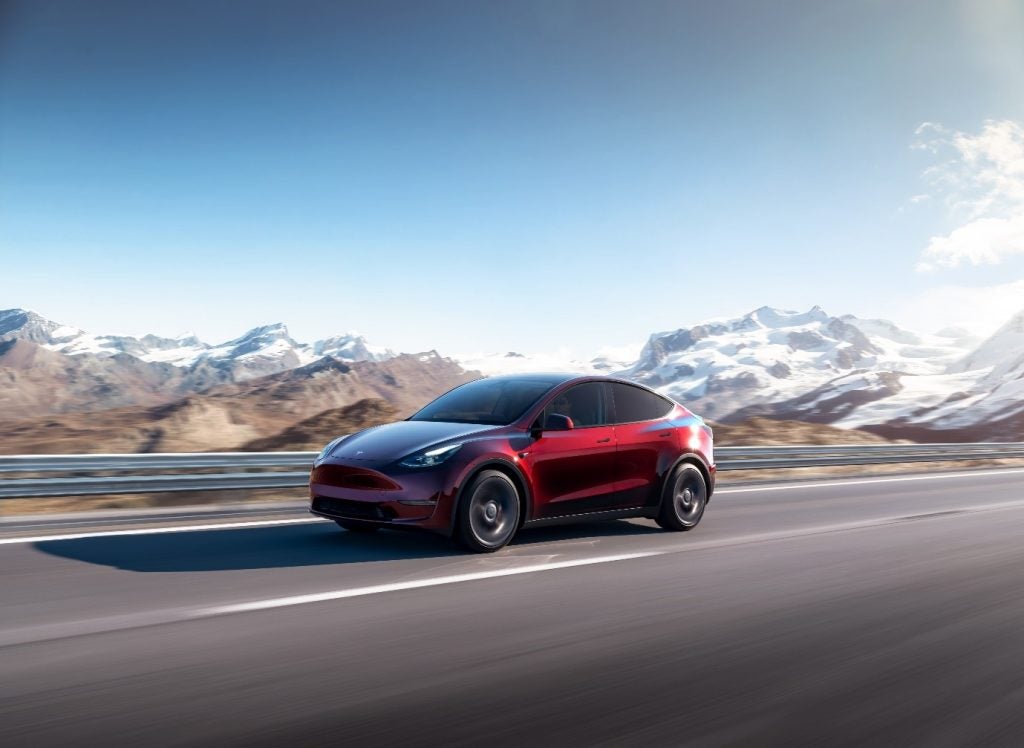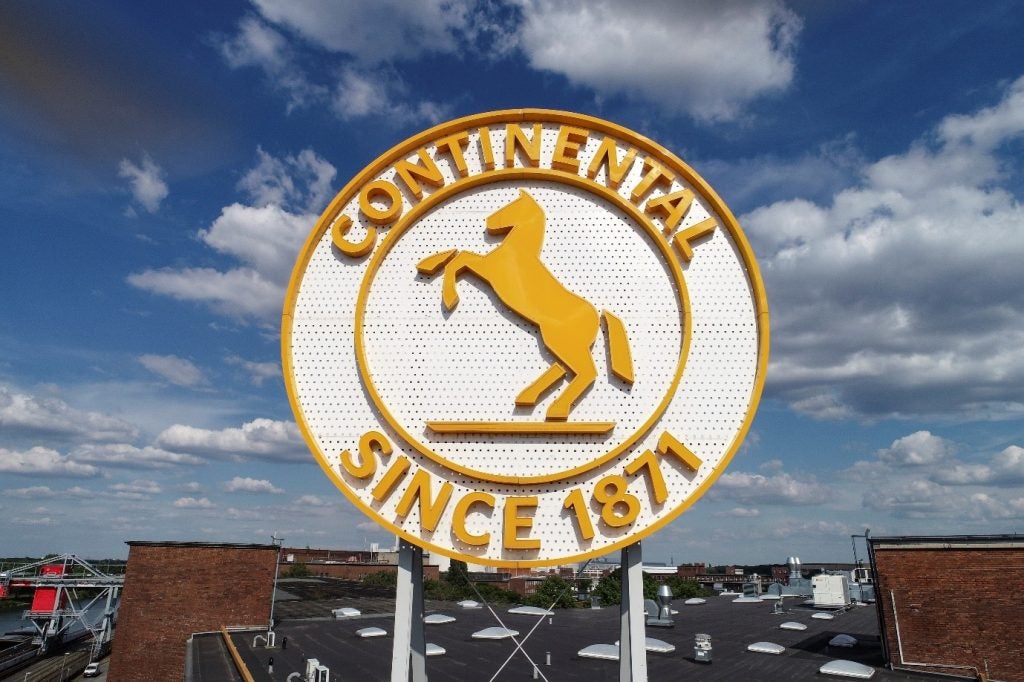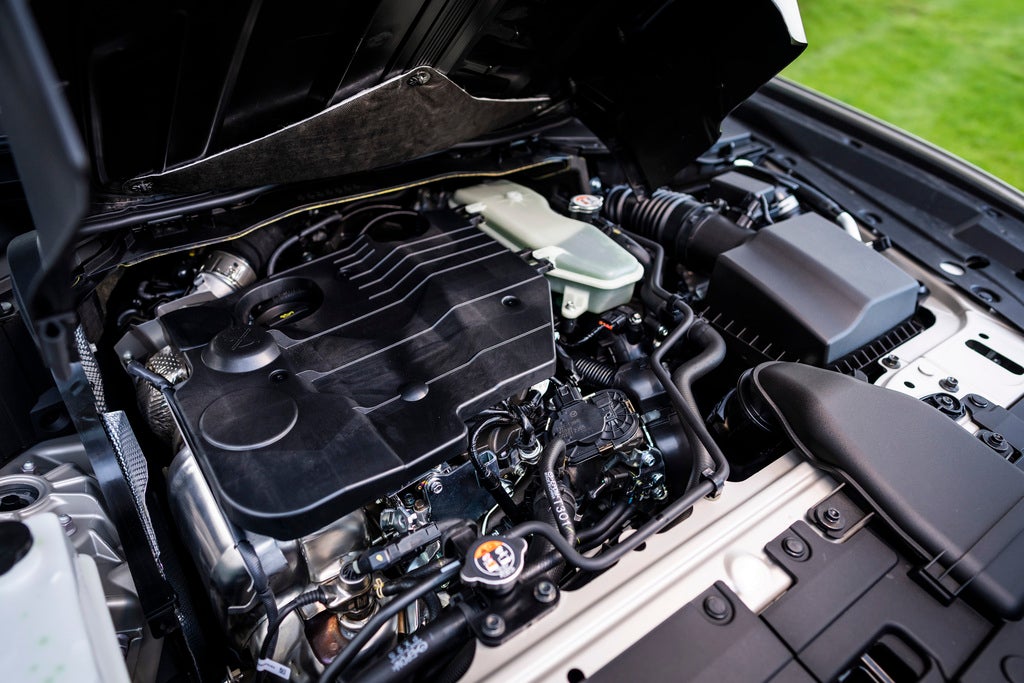Despite an unsteady economy, America’s passion for driving “luxury” and “super luxury” cars remains strong, according to an analysis by R. L. Polk & Co.
Registrations of “super luxury” cars (vehicles with retail prices of $US100,000 or higher) total 6,187 for the first 10 months of 2002. This puts the “super luxury” segment on track toward its second best sales period ever, following record registrations of 9,516 vehicles in 2001. The number of “super luxury” cars registered to the end of October 2002 is nearly equal to the combined volume of the 1999 and 2000 calendar years.
“The popularity of super luxury sedans among affluent American consumers has opened the door for automakers to roll out a whole new generation of innovative, amenity-laden models,” said Eric Papacek, analytic consultant for Polk. “New models and concepts recently announced by Bentley, Mercedes, Rolls Royce and Cadillac are clear signs that the ‘Uber Car’ has returned to the American auto scene.”
The only two vehicle segments to show market share growth over the last five years are the SUV segment and the luxury/super luxury segment, according to Polk.
According to the Polk analysis, 57 percent of “luxury” and “super luxury” vehicle owners are between the ages of 35 and 54.
How well do you really know your competitors?
Access the most comprehensive Company Profiles on the market, powered by GlobalData. Save hours of research. Gain competitive edge.

Thank you!
Your download email will arrive shortly
Not ready to buy yet? Download a free sample
We are confident about the unique quality of our Company Profiles. However, we want you to make the most beneficial decision for your business, so we offer a free sample that you can download by submitting the below form
By GlobalData“There are several reasons behind the rise of the luxury car market,” Papacek said. “One of the primary reasons is the appeal these vehicles have to middle aged people in their peak earning years. Despite the uncertain economy, the Baby Boom generation has moved into its years of affluence. Once they have owned a luxury vehicle, Baby Boomers have shown loyalty to the segment. Baby Boomers also tend to look for sophisticated technology, exceptional performance and innovative design in their cars — all of which can be readily found in the luxury and super luxury segments.”
Car manufacturers also are adding more models to both the top and bottom ends of their luxury lines. More “luxury” models at various price levels is keeping less affluent Baby Boomers in the “luxury” segment and attracting younger buyers. Once introduced, it is likely that a large number of younger buyers will stay in the “luxury” segment as their incomes rise and needs expand.
Another answer for the growth of the segment is that lessees comprise nearly half of the luxury market.
“With nearly 500,000 off-lease luxury cars entering the pre-owned market, the segment is more attainable than ever for people seeking to go upscale,” Papacek said. “Once buyers purchase a luxury vehicle, it is highly likely that they will graduate upward within the segment, perhaps replacing their pre-owned luxury car with a new model. Off-lease vehicles also enhance residual values, which in turn lower lease payments on new models, and increase the share of leases within the segment.”
Manufacturers also are making luxury cars more available through the use of financial incentives, and the government is driving demand for luxury cars by eliminating the luxury tax on new vehicles costing more than $40,000 from last January 1.







